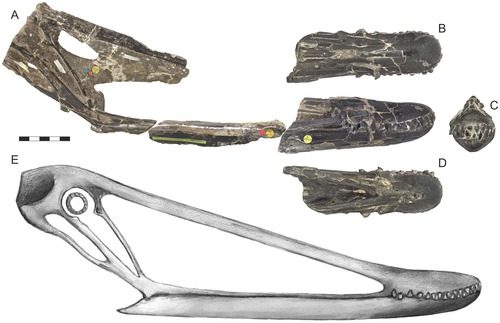Tutupaca
 Tutupaca.
Tutupaca.Tutupaca is a volcano complex in Tacna, the southernmost region of Peru. It is in the Central Volcanic Zone, one of several volcanic belts in the Andes, where the subduction of the Nazca Plate beneath the South American Plate causes volcanic activity. Tutupaca consists of three overlapping volcanoes formed by lava flows and lava domes made out of andesite and dacite, which grew on top of older volcanic rocks. It features geothermal manifestations with fumaroles and hot springs. Its highest peak is usually reported to be 5,815 metres (19,078 ft), and was glaciated in the past. Tutupaca became active about 700,000 years ago. Several volcanoes in Peru have been active in recent times, including Tutupaca; one of these generated a large debris avalanche when it collapsed, probably in 1802, with pyroclastic flows and an eruption that was among the largest in Peru for which there are historical records.











